Columbia Electric sits deep within the roots of Chrysler Corporation. The company history starts in 1895, when two partners started selling cabs they dubbed the Electrobat. This was less than a decade after Karl Benz made several copies of one gasoline-burning car; the first cars, created in the 1790s, had been powered by steam. In 1882, Thomas Edison opened the world’s first generating station for interior lighting and ohter purposes, and had done a great deal of work on electric traction motors. Nobody knew which technology would work; Edison’s electric work with Frank L. Sprague (who left with Edison’s blessing to keep developing what they had started) seemed quite promising.

In 1896, Electrobat creators Henry G. Morris and Pedro G. Salom formed the Electric Carriage & Wagon Company, making electric taxicabs. Isaac Rice, of Electric Boat fame, almost immediately bought their company and Riker Electric Motor of Brooklyn, making them part of his Electric Vehicle Company. These three pioneers were not the only electric car makers; Pope Manufacturing had already spun off Columbia Electric, which sold cars in the United Kingdom under the “City & Suburban Cars” name and in France under the “l’Ectromotion” marque.

Columbia Electric purchased the Electric Vehicle Company and, before long (in 1900), launched the Columbia gasoline car. This had two industry firsts—the engine was moved from underneath the driver to in front, and a steering wheel on the left side replaced the tiller. The next year, Ransom Olds launched the world’s first mass-produced car (and the world’s best seller, 1901-1904), helping to solidify gasoline as the fuel for cars.
In 1907, Columbia Electric / Electric Vehicle published this brochure; it was the same year Alanson Brush started making a popular, mass-produced, inexensive car which helped nail the coffin of the electrics. The model year in this brochure was 1908—the year when Ford launched the Model T, with help from Dodge Brothers.

Just before this brochure, Columbia had created a series-hybrid car. Its four cylinder gasoline engine drove a generator which powered electric motors on the rear wheels. This was not the first hybrid—or even the first American hybrid; two different Americans had produced hybrid-electric cars in 1898.
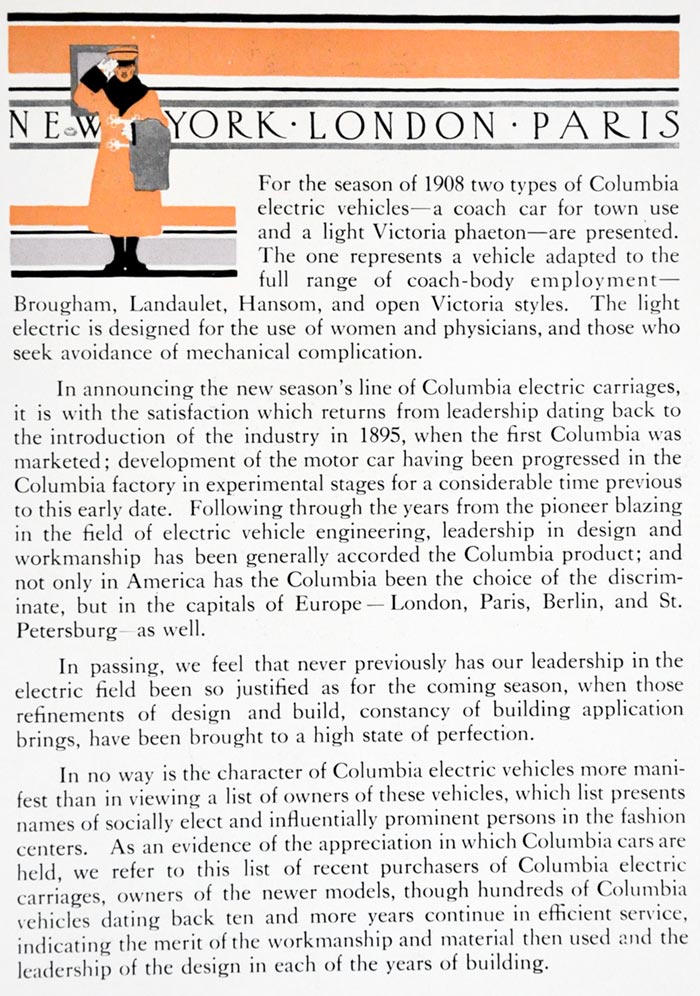
So how does this all relate to Chrysler? Benjamin Briscoe, the creator of Maxwell Motors (named after the designer of the car, rather than the founder of the company), had chatted with Buick’s president, Billy Durant, about bringing together all the automakers in America under a single umbrella to avoid the constant challenges of new companies, which were still springing up weekly. The talks failed, largely due to Henry Ford’s intransigence; Durant went on to independently assemble General Motors, while Ben Briscoe attempted to create the United States Motor Company without help.

Briscoe’s business skills had apparently atrophied; nearly all the companies he brought together were failing or in trouble. One of those companies was Columbia Motor Car, which he brought into U.S. Motor in 1912; another was Brush, whose inexpensive niche was being attacked by the Model T. Briscoe’s house of cards came falling down; Walter Flanders bought it all from the creditors and saved the day, though only Maxwell’s name survived (the Maxwell car was replaced by a rebadged Flanders). Flanders was a strong leader for a time, but within a decade, another Walter had to pick up the pieces, minus the remnants of Columbia Electric.
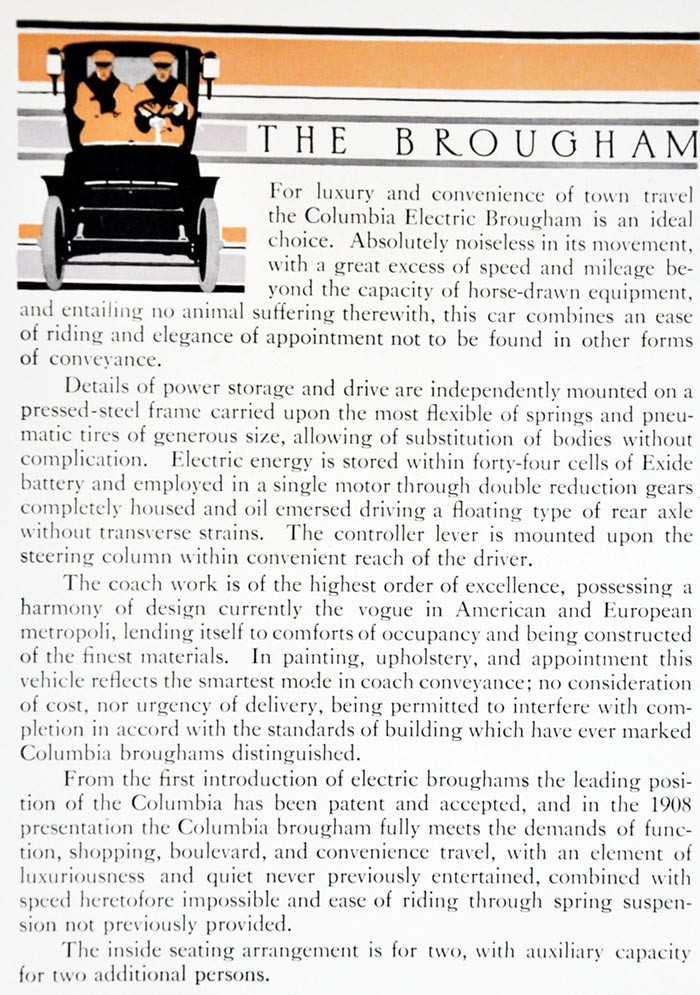
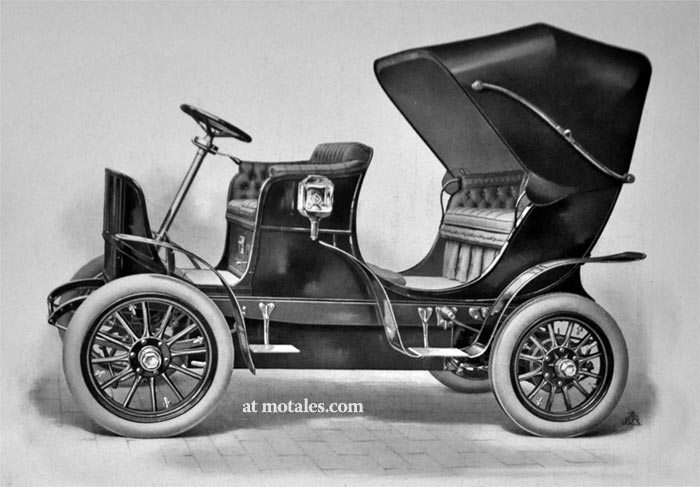
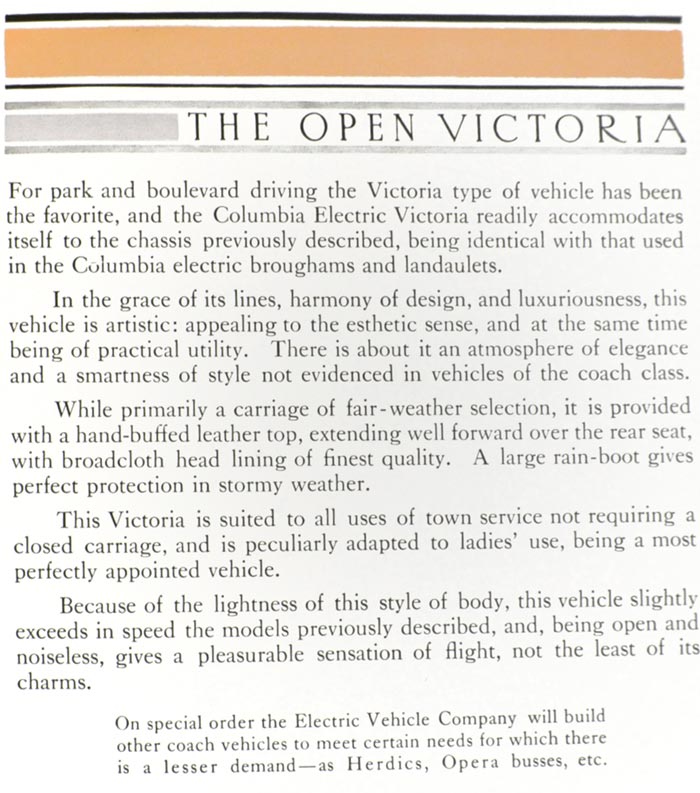
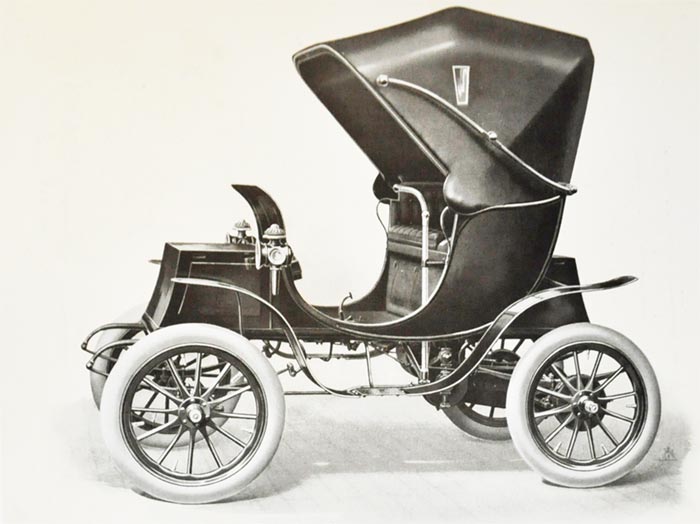
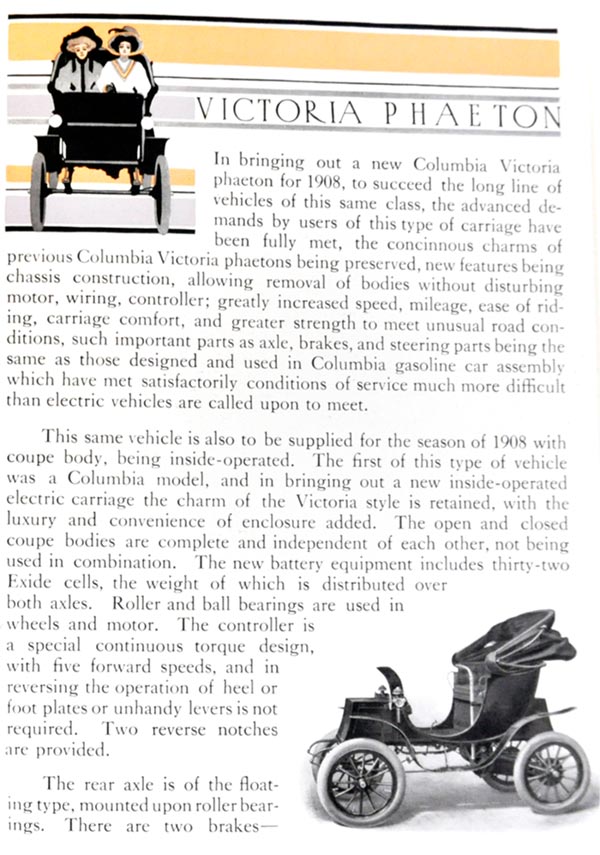

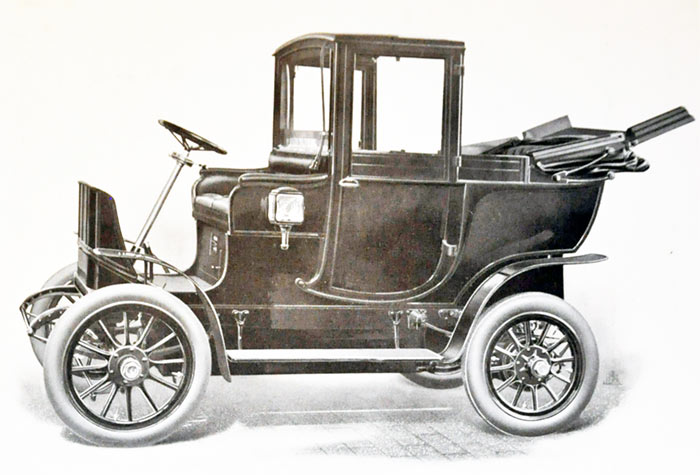
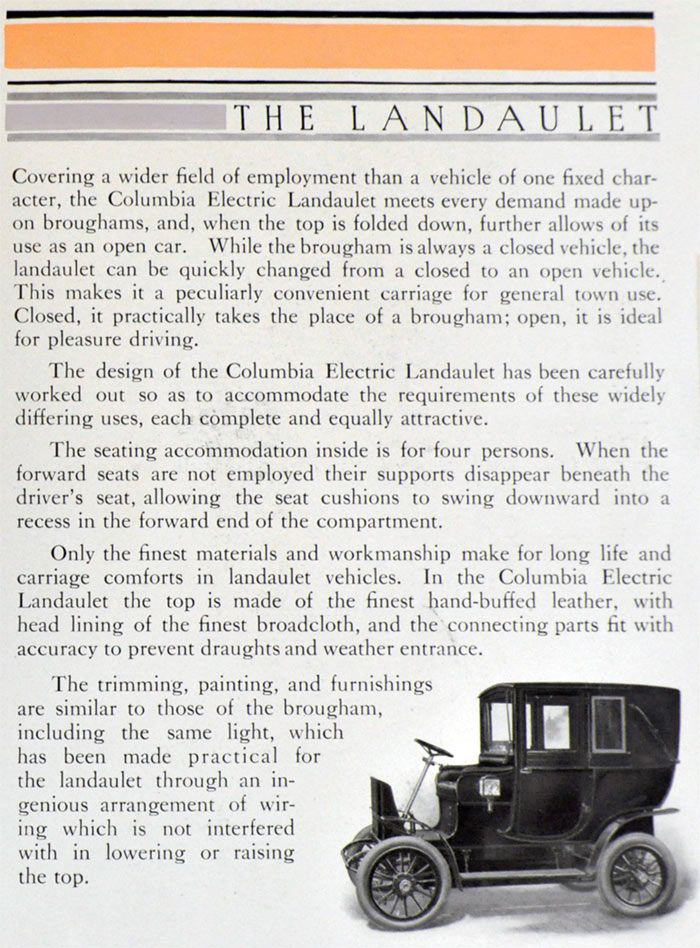
One of the interesting aspects of this brochure, which shows that they had not quite achieved mass production, was this list of “prominent” buyers.
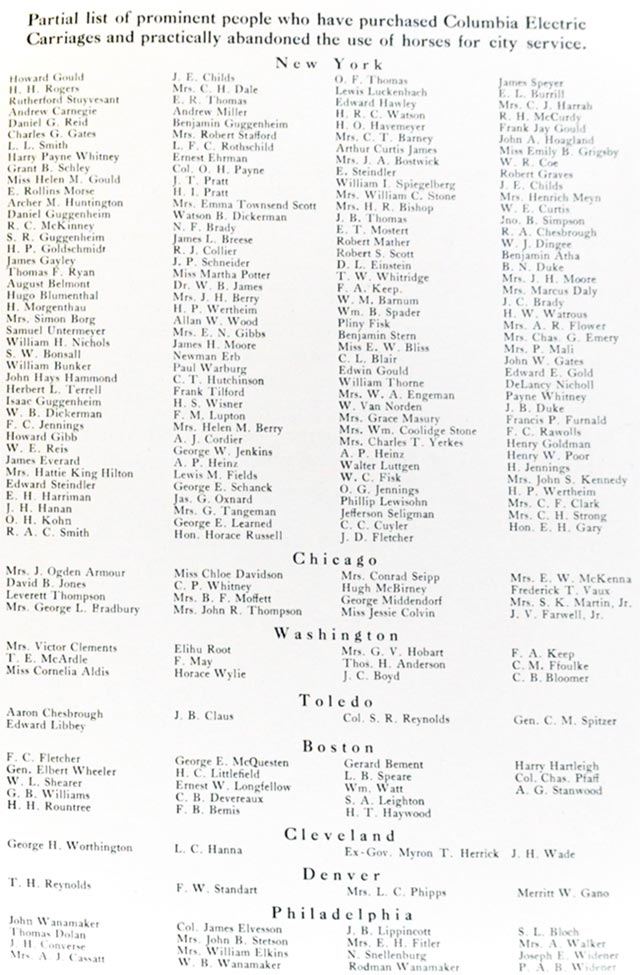
The Columbia described below appears to be the hybrid model. 48 horsepower was a substantial power rating for the time.

It is unlikely that, after these companies were absorbed, they continued making electric cars.
Sources: Columbia literature; Chrysler literature; Allpar.
See how Jeep, Dodge, Ram, Chrysler do on new quality-vs-cost chart
Italy slaps Elkanns’ wrists in tax case
Copyright © 2021-2025 Zatz LLC • Chrysler / Mopar car stories and history.
YouTube • Editorial Guidelines • Videos
Tailfins Archive • MoTales on BlueSky